This system described integrates the use of both diesel fuel and alternative fuels like biogas, compressed natural gas (CNG), or liquefied natural gas (LNG). Here’s how it typically works:
Dual-Fuel Capability: The generator can operate using either diesel fuel alone or a combination of diesel fuel and biogas/CNG/LNG.
Injection and Combustion Process: Biogas/CNG/LNG is introduced into the engine’s air intake system. It mixes with air and is ignited by the diesel fuel injection system. This process allows for the simultaneous combustion of both fuels in the engine cylinders.
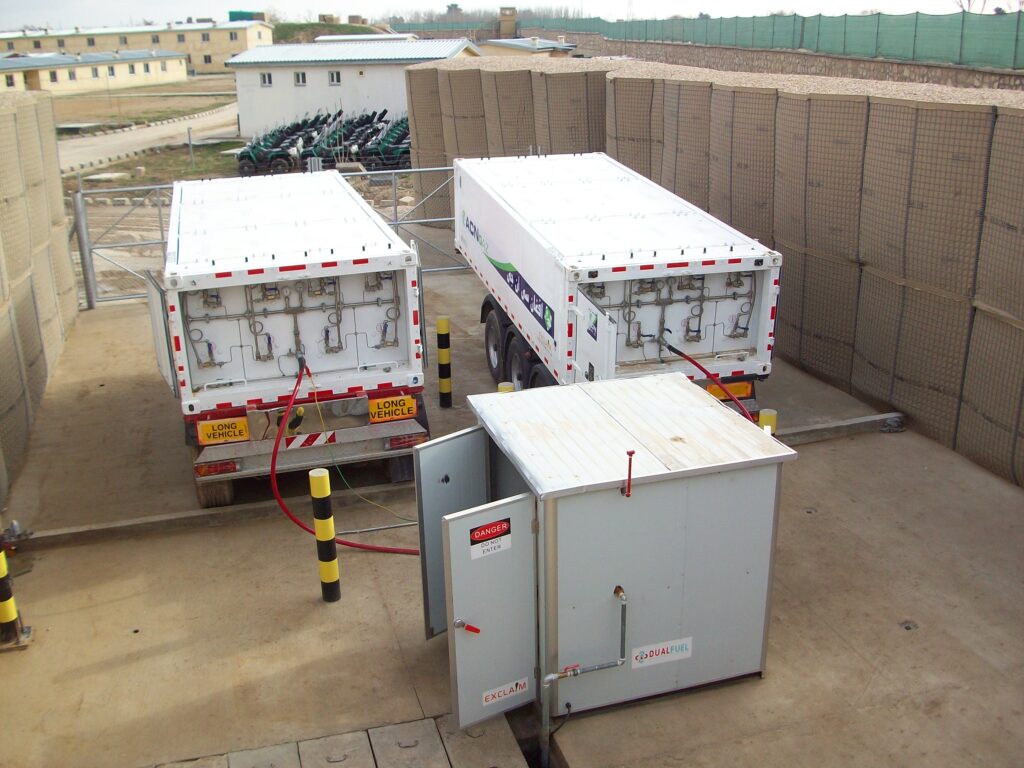
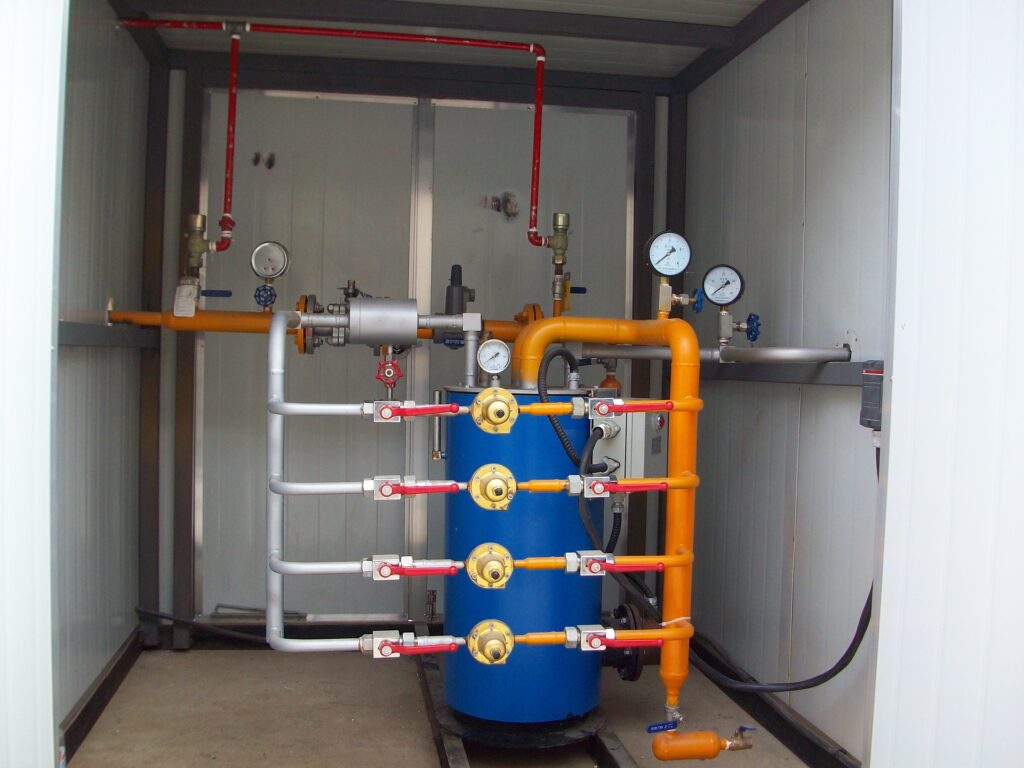
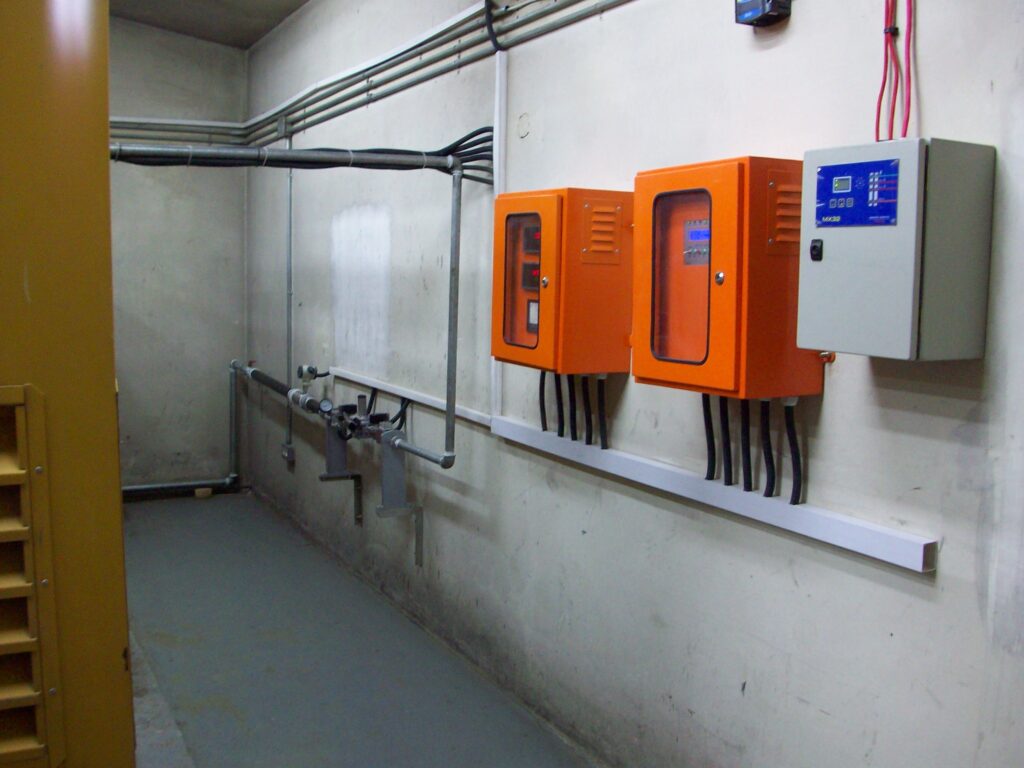
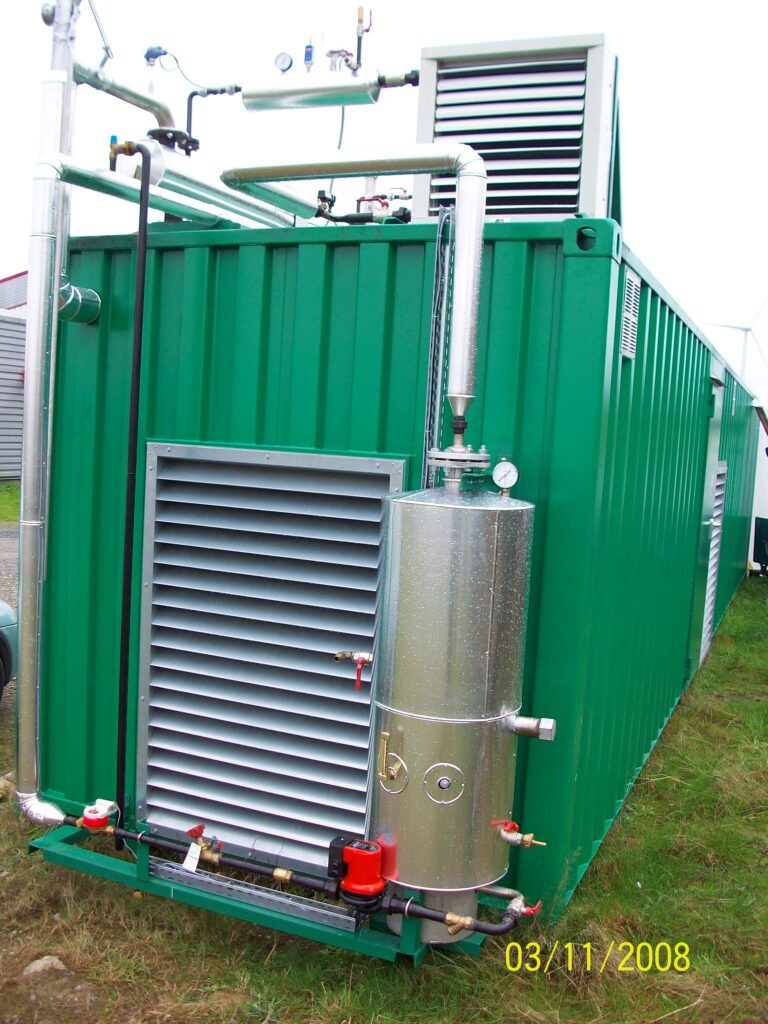
Biogas and biodiesel based conversion
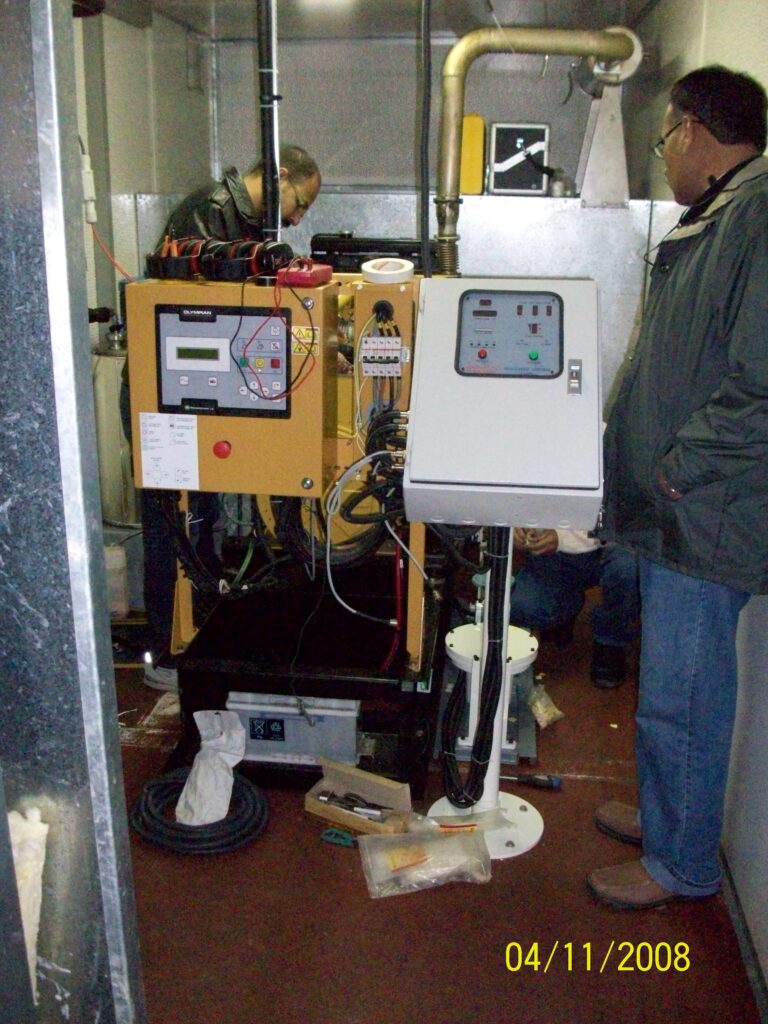
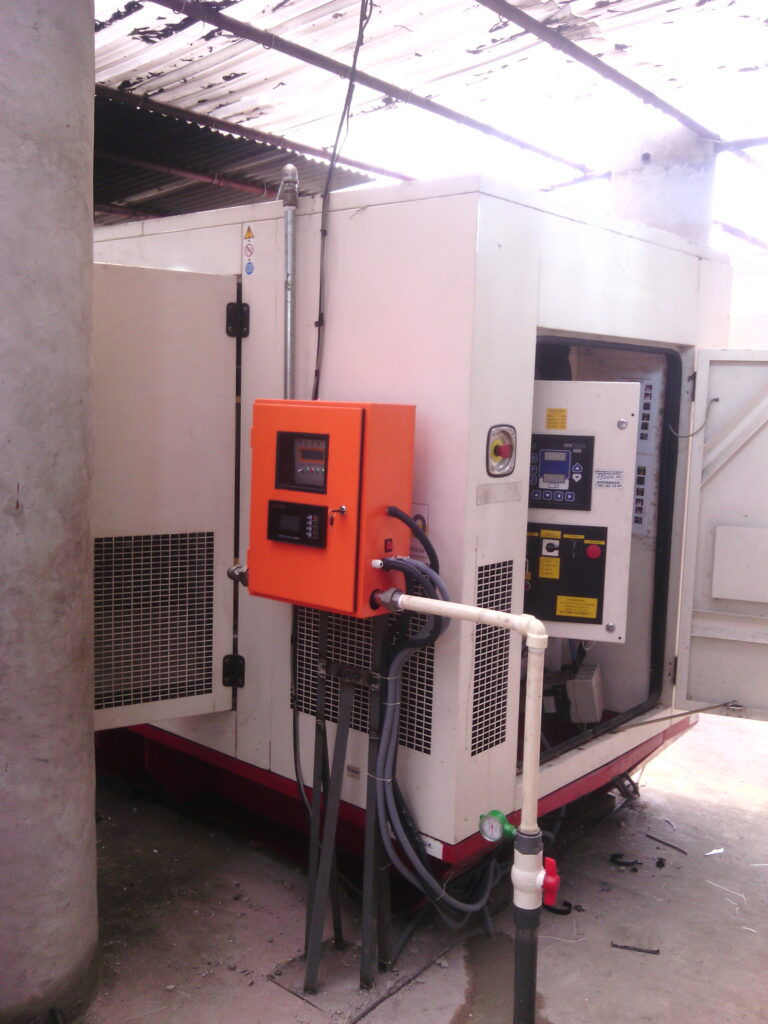
A Biogas based conversion
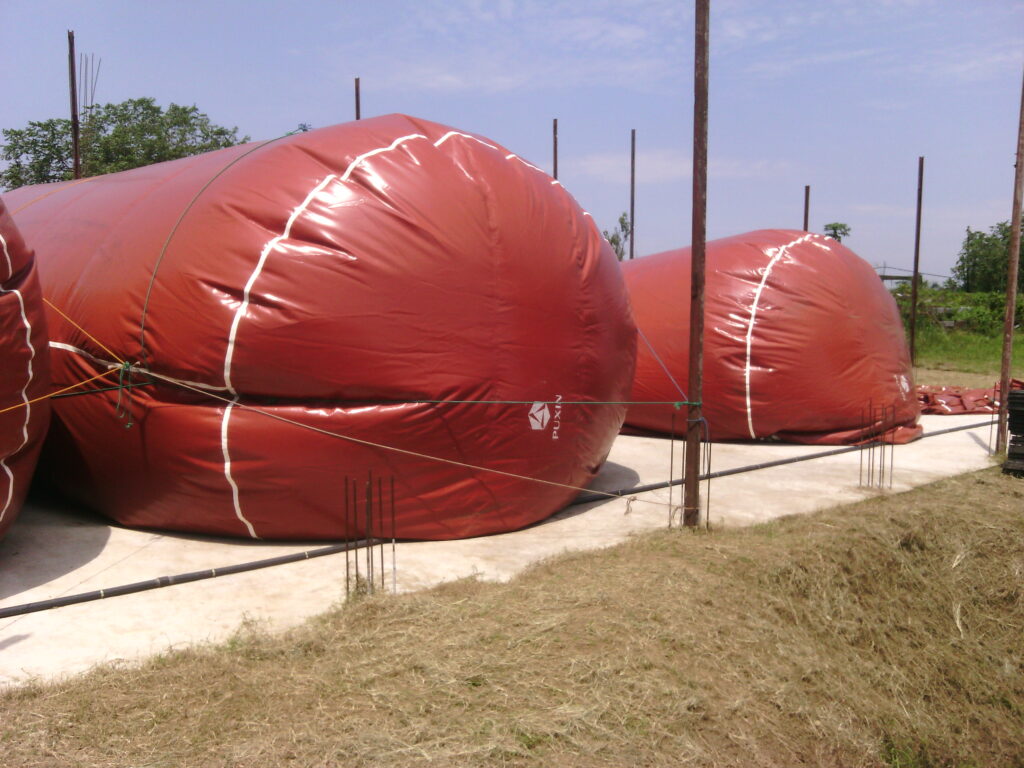
- Cost Savings: By utilizing biogas/CNG/LNG alongside diesel fuel, the system can potentially reduce the overall consumption of diesel fuel. This can lead to cost savings, especially if biogas or natural gas is more economical or readily available.
- Emissions Reduction: Using biogas/CNG/LNG typically results in lower emissions compared to diesel fuel alone. These alternative fuels often produce fewer pollutants such as particulate matter and nitrogen oxides, contributing to environmental benefits and regulatory compliance.
- Flexibility and Reliability: The ability to switch between diesel fuel and alternative fuels provides flexibility and reliability, especially in situations where one fuel source may be unavailable or less reliable due to supply disruptions.
- Applications: This dual-fuel system is commonly used in stationary generators for various applications such as standby power for critical facilities (hospitals, data centers), prime power for remote locations, or continuous power for industrial operations. It offers versatility and efficiency in energy management while meeting stringent emissions standards and operational requirements.
Overall, integrating biogas/CNG/LNG with diesel fuel in generators enhances efficiency, reduces operational costs, and supports sustainability goals by minimizing environmental impact.